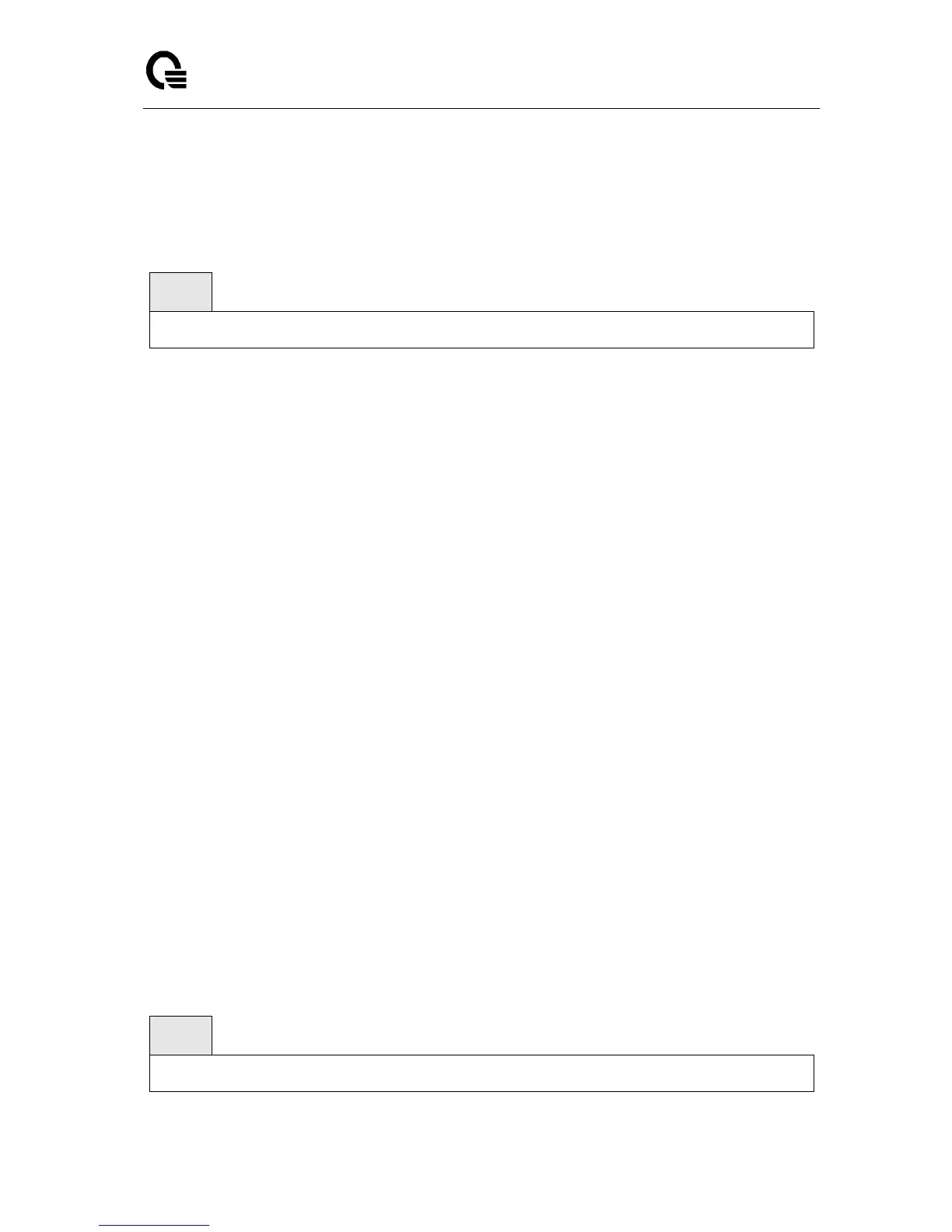Layer 2,3,IPv6+QoS Switch
_____________________________________________________________________________
Layer 2,3,IPv6+QoS Network Switch User Manual Version 0.1 Page: 189/970
This command displays trap conditions. Configure which traps the switch should generate by
enabling or disabling the trap condition. If a trap condition is enabled and the condition is
detected, the switch's SNMP agent sends the trap to all enabled trap receivers. The switch
does not have to be reset to implement the changes. Cold and warm start traps are always
generated and cannot be disabled.
Syntax
show trapflags
Default Setting
None
Command Mode
Privileged Exec
Display Message
Authentication Flag: May be enabled or disabled. The factory default is enabled. Indicates
whether authentication failure traps will be sent.
Link Up/Down Flag: May be enabled or disabled. The factory default is enabled. Indicates
whether link status traps will be sent.
Multiple Users Flag: May be enabled or disabled. The factory default is enabled. Indicates
whether a trap will be sent when the same user ID is logged into the switch more than once
at the same time (either via telnet or serial port).
Spanning Tree Flag: May be enabled or disabled. The factory default is enabled. Indicates
whether spanning tree traps will be sent.
DVMRP Traps May be enabled or disabled. The factory default is disabled. Indicates
whether DVMRP traps will be sent.
OSPF Traps May be enabled or disabled. The factory default is disabled. Indicates whether
OSPF traps will be sent.
PIM Traps May be enabled or disabled. The factory default is disabled. Indicates whether
PIM traps will be sent.
6.3.4.3 snmp-server sysname
This command sets the name of the switch. The range for name is from 1 to 31 alphanumeric
characters.
Syntax
